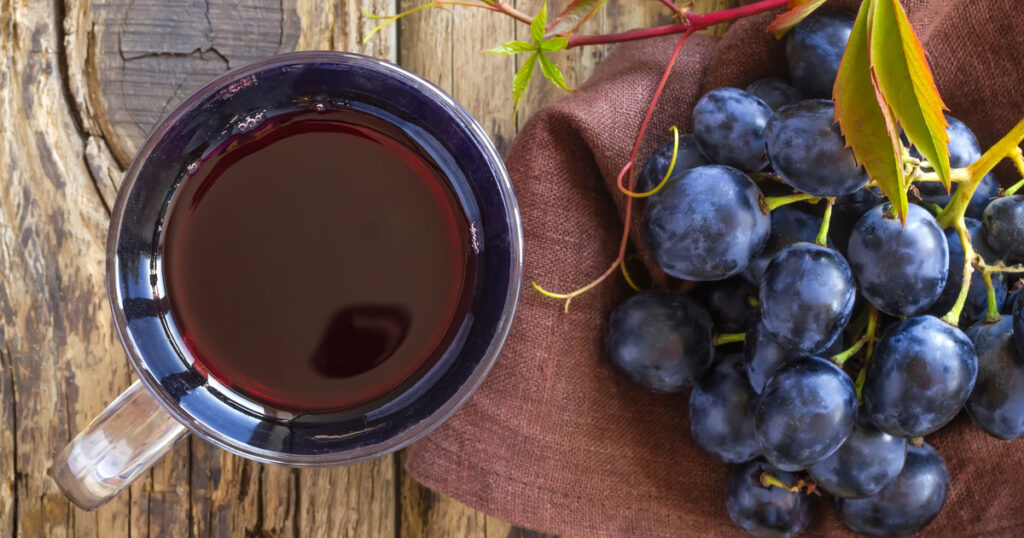Musté, often known as “must” in English, is the freshly pressed juice from grapes that has not yet undergone fermentation. This sweet, rich liquid is the foundation of winemaking, but it also stands on its own as a beloved beverage and ingredient in various cultures. Derived from the Latin word mustum, meaning “new” or “fresh,” musté embodies the purity and vitality of the grape before it transforms into wine. It’s not just a drink; it’s a symbol of nature’s raw sweetness and potential.
The Origin and History of Musté
The use of musté dates back thousands of years. In ancient Rome and Greece, it was treasured both as a drink and as a sacred offering to the gods. The Romans called it mustum, and they enjoyed it either fresh or boiled down into a thick syrup called defrutum. This syrup was used to sweeten food and wine long before refined sugar was discovered.
Throughout the Middle Ages, musté remained an important part of European culinary traditions. Farmers and winemakers would taste musté to predict the quality of the upcoming wine harvest. In many regions of France, Italy, and Spain, families still press grapes every autumn and savor a glass of musté before the fermentation process begins—a cherished ritual marking the end of harvest season.
How Musté Is Made
Making musté is a simple yet delicate process. It begins with selecting fully ripe, healthy grapes—often varieties like Muscat, Concord, or Merlot. The grapes are gently crushed to extract the juice while avoiding damage to the seeds, which could add bitterness. The result is a vibrant, sweet liquid that bursts with natural grape flavors.
To preserve musté, it must be kept cool or pasteurized since it naturally ferments if left at room temperature. Some traditional methods involve gently heating the juice to prevent fermentation, while others involve refrigerating or freezing it to maintain its fresh taste. The goal is to capture the essence of the grape in its purest form.
The Unique Flavor Profile
Musté is rich, aromatic, and intensely flavorful. It carries the full body and sweetness of grapes, often with floral and fruity notes depending on the grape variety used. Unlike wine, which develops complexity through fermentation, musté’s appeal lies in its natural simplicity. It’s smooth, juicy, and refreshing—perfect for those who love the taste of grapes without the alcohol.
Its natural sugars give it a honey-like sweetness, while subtle hints of tartness balance the flavor. Many compare its taste to that of premium grape nectar, making it a delightful base for sauces, desserts, and even cocktails.
Cultural and Culinary Uses of Musté
Musté has found its way into kitchens around the world. In Italy, it’s used to make mostarda, a sweet and spicy condiment served with cheese or meats. In Greece, it forms the base for moustalevria, a traditional pudding made with musté, flour, and nuts. In France, it’s sometimes reduced to make sweet syrups that are drizzled over pastries and roasted fruits.
Beyond culinary uses, musté also plays a role in religious and cultural rituals. In some Christian traditions, unfermented grape juice like musté is used in communion ceremonies as a symbol of purity. In Jewish cuisine, it’s similar to grape must used in making certain kosher products.
Health Benefits of Musté
Musté is not only delicious but also packed with nutrients. Since it’s unfermented, it retains all the natural vitamins, minerals, and antioxidants found in fresh grapes. It’s particularly rich in resveratrol, a compound known for its heart-protective properties. The natural sugars in musté provide a quick energy boost, while its polyphenols help reduce inflammation and support healthy circulation.
Unlike alcoholic beverages, musté is suitable for all ages, making it a wholesome choice for family gatherings. It’s also a great alternative for those avoiding alcohol but still wishing to enjoy a sophisticated, wine-like flavor.
Modern Revival and Popularity
In recent years, musté has experienced a quiet revival among health-conscious consumers and artisanal food enthusiasts. Many wineries now bottle and sell pasteurized musté during harvest season, promoting it as a non-alcoholic alternative to wine. Chefs and mixologists also use it as a base for creative mocktails, sauces, and desserts.
The global demand for natural, minimally processed foods has brought musté back into the spotlight. Whether enjoyed chilled in a glass or reduced into a syrup, musté offers a taste experience that connects people to ancient winemaking traditions and the pure essence of the grape.
Conclusion: The Timeless Charm of Musté
Musté is more than just grape juice—it’s a celebration of freshness, history, and natural sweetness. From ancient rituals to modern cuisine, its journey through time reflects humanity’s enduring appreciation for the fruit of the vine. Whether you sip it for health, heritage, or sheer pleasure, musté remains a timeless reminder that sometimes, the purest form of a thing is also the most extraordinary.
